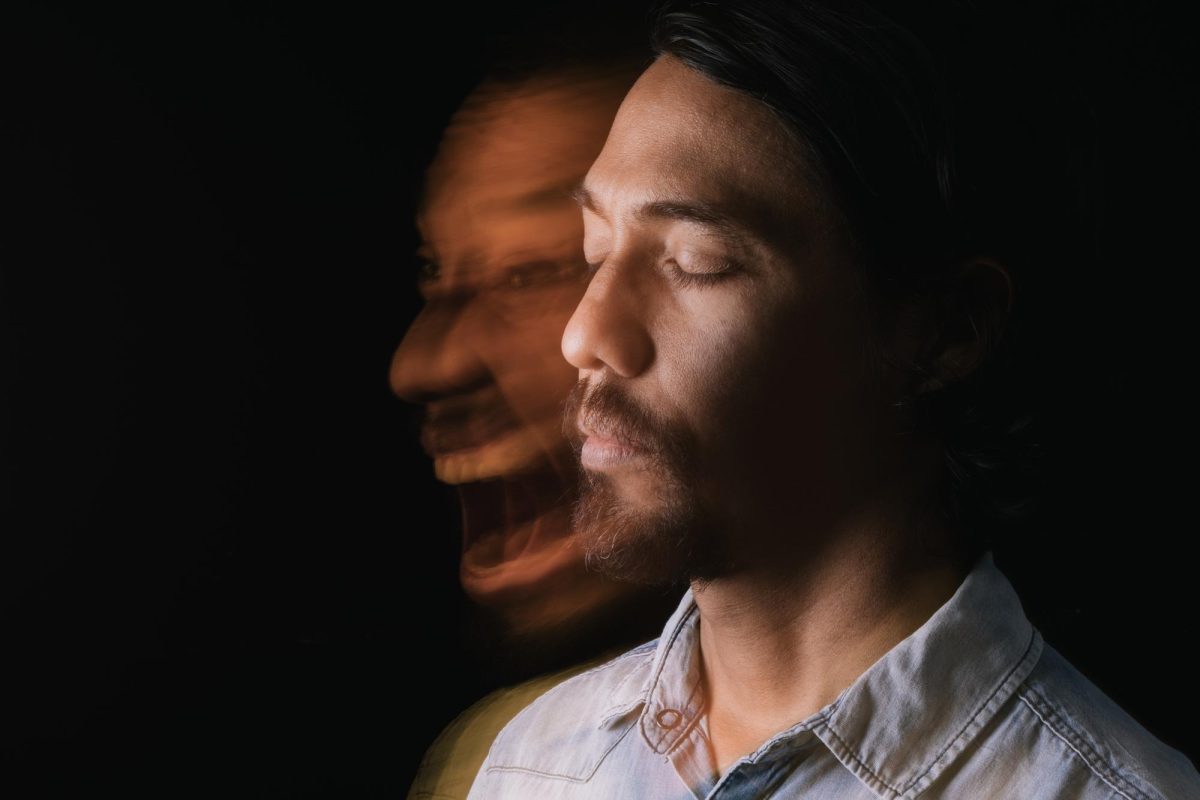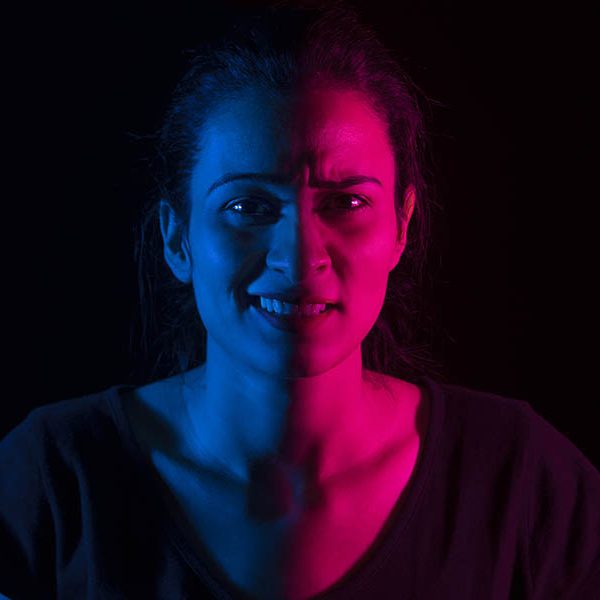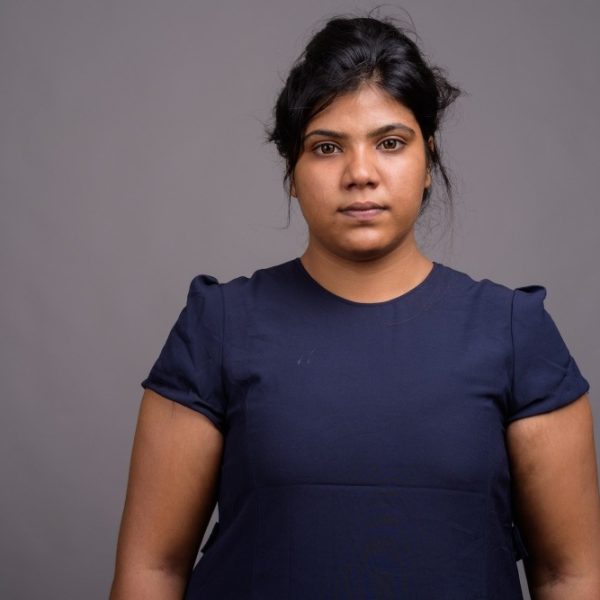Bipolar disorder is a mental health condition that affects millions of people around the world. It’s a complex illness that can be difficult to understand, even for those who live with it. In this blog, we will explore what bipolar disorder is, its causes, and how it’s diagnosed and treated.
What is bipolar disorder?
Bipolar disorder, or manic-depressive illness, is a mental health condition that causes extreme shifts in general mood, energy, and activity levels. This means people with Bipolar Disorder will show immense excitement and happiness- straight for days/weeks. But after that, they will show signs of depression or deep lows. None of these states is permanent in their lives.
There are three types of bipolar disorders-
- Bipolar Ⅰ
This is characterized by at least one manic episode, with or without hypomanic or major depressive periods. Mania can cause a split from reality in some people. This phenomenon is called Psychosis.
- Bipolar Ⅱ
When a depressive episode lasts at least two weeks and is accompanied by one hypomanic episode where the person is unusually happy, very excited, has increased sexual energy, or is very agitated and irritable. that lasts approximately four days- it is a Bipolar Ⅱ disorder.
This type of bipolar disorder may be more common in females.
- Cyclothymia
Cyclothymia patients have some signs of hypomania and depression but not enough to classify an episode of hypomania or depression.
These episodes also have shorter and milder symptoms than those linked with bipolar I or bipolar II disorder. Most people with this condition have no mood symptoms for 1 to 2 months at a period.
During a manic episode, individuals with bipolar disorder may experience an elevated or irritable mood, increased energy, and activity, reduced need for sleep, racing thoughts, and impulsive or risky behaviour. During a depressive episode, they may feel sad, hopeless, and fatigued, have trouble sleeping, lose interest in activities they once enjoyed, and experience thoughts of suicide or self-harm.
Bipolar disorder can be classified into several types based on the frequency and severity of episodes and the pattern of symptoms. Bipolar I disorder involves at least one manic episode. In comparison, bipolar II disorder involves at least one major depressive episode and at least one episode of hypomania, a less severe form of mania.

What Causes Bipolar Disorder?
The exact cause of bipolar disorder is not fully understood, but it’s believed to be a combination of genetic and environmental factors. Research has shown that bipolar disorder tends to run in families, with a higher risk for the disorder in those who have a close relative with the condition.
Environmental factors, such as traumatic events, chronic stress, and substance abuse, may also trigger or exacerbate bipolar symptoms in those genetically predisposed to the disorder.
What does the person feel?
Bipolar disorder can lead the person to confusion- why is it happening? Why is my mood alternating? and Why do I feel like this?
A person during mania may feel
- a general feeling of ‘high’
- euphoric (like they are at the top of the world)
- excitable and irritable
- increased sex drive
- talk rapidly
- difficulty in sleeping due to high energy
A Person during deep lows will
- have little energy
- have difficulty sleeping/sleep a lot
- lose interest in activities they previously enjoyed
- feel hopeless and worthless
- have low to zero motivation to do daily activities
- may develop suicidal tendencies
All the symptoms vary from person to person and can differ in intensity. Symptoms of the same person can vary- even between two episodes. The way out of this confusion is- to get proper advice from a registered psychologist/psychiatrist.
How is Bipolar Disorder Diagnosed?
Diagnosing bipolar disorder can be challenging, as it often involves carefully evaluating a person’s symptoms, medical history, and family history. A mental health professional, such as a psychiatrist or psychologist, may use various tools and assessments to help make a diagnosis.
One commonly used assessment tool is the Diagnostic and Statistical Manual of Mental Disorders (DSM-5), which provides a set of criteria for diagnosing bipolar disorder. These criteria include the presence of manic or hypomanic episodes, as well as major depressive episodes.
It’s important to note that bipolar disorder can be misdiagnosed as other conditions, such as depression or anxiety. This is why it’s important to seek out a qualified mental health professional for an accurate diagnosis.
How is Bipolar Disorder Treated?
Bipolar disorder is a treatable condition, and there are several effective treatment options available. Treatment for bipolar disorder typically involves a combination of medication and psychotherapy.
- Medications used to treat bipolar disorder include mood stabilizers, such as lithium, antipsychotics, and antidepressants. These medications can help to regulate mood and prevent episodes of mania and depression.
- Psychotherapy, or talk therapy, is also an important part of treatment for bipolar disorder. Cognitive-behavioural therapy (CBT) and interpersonal and social rhythm therapy (IPSRT) are two types of psychotherapy that have been shown to be effective in treating bipolar disorder. These therapies can help individuals with bipolar disorder learn coping skills, identify triggers for episodes, and develop healthy routines and habits.
- Lifestyle changes can also be beneficial in managing bipolar disorder. Regular exercise, a healthy diet with lots of nutrients, and adequate sleep can help to regulate mood and reduce symptoms. Inculcating yoga in a daily schedule will help manage mood better.
It’s important to note that treatment for bipolar disorder is not one-size-fits-all. Each person’s experience with the disorder is unique, and treatment should be tailored to their individual needs and preferences.
Conclusion
In conclusion, bipolar disorder is a complex mental health condition affecting millions of people worldwide. It can be challenging to diagnose and treat. Still, with the right combination of medication, therapy, and lifestyle changes, many individuals with bipolar disorder are able to manage their symptoms and lead fulfilling lives. It’s important to seek a qualified mental health professional for an accurate diagnosis and work with them to develop a personalized treatment plan. With the right support and resources, individuals with bipolar disorder can thrive and achieve their goals.













Share this article